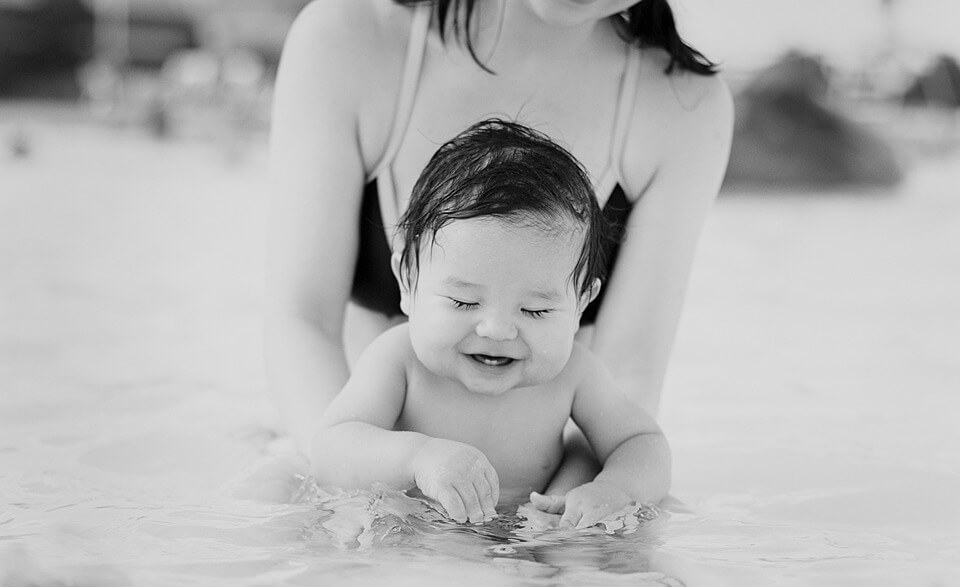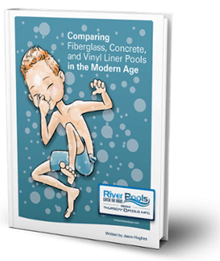How to protect your child when in swimming pool
Most children who drown do so in swimming pools, and as such, you must take measures to prevent your child from encountering such a fate. When you visit a swimming pool, one of the most important things to do is to monitor your children’s activities closely. Though there are lifeguards in most of the public swimming pools, you cannot leave your child’s safety to them. Lifeguards handle a large number of people at a time, and as such, their effectiveness is not as high as it should be. Another essential thing to do when visiting a swimming pool is to educate yourself as a responsible parent and your child on the regulations followed as well as their importance.

Pool guidelines
Cardiopulmonary resuscitation - If you own a swimming pool, it is necessary that you undergo training on how to save people from the pool if they are in danger of drowning. First aid lessons in the resuscitation of an unconscious person are necessary. If you wish to have your child swim in your private pool, make the arrangements required to take such lessons.
Missing children - Where a child goes missing in a pool area, the first place that you should search is inside the pool. Where an unskilled child falls into water, every second that goes by could lead to a fatal end.
Supervision - Whether it is by you or another adult, your child should never get into the pool unsupervised. The adult in the area should be able to swim adequately and should be sober throughout the entire supervision period.
Life jacket - When boating or swimming, have your child wear a life jacket as this prevents their chances of drowning. Even in a life jacket, ensure that you monitor your child.
Toys - If young children are swimming in water that is above their waist, ensure that no inflatable toys or mattresses get used. Such equipment limits visibility and your child could drown without your knowledge. Also, ensure that all toys used in the pool are cleared away after the swimming session is over. Such toys can attract a child to the pool when nobody is in sight, and this can lead to accidents.
Barricades - Fit the door that leads to the pool from the house with an alarm system that goes off each time the door opens. In this way, you can prevent your child from accessing the swimming pool when unsupervised. You can go a step further and install a fence all around the swimming pool for added security.
Pool equipment
Power safety cover - This device acts as a barrier over the water, and it prevents your child from falling into the water. Have it in place each time the pool is not in use.
Rescue devices - You should keep a portable phone with emergency contacts by the pool in case of an accident. Also by the pool, you should have a shepherd’s hook as well as a life preserver. This equipment comes in handy in times of emergency.
Ladders - For above ground pools, remove the ladders and steps when the pools are not in use. Such an action prevents your child from getting access to the water without the permission of an adult.
Alarms - Use underwater pool alarms. Make sure that the alarm systems that you install are loud enough to be heard by people inside the house as well as those in the surrounding areas to ensure that someone gets to the pool fast. In choosing an alarm, go for one that can get used alongside pool covers.
Fences - This method is one of the best ways of preventing your child from accessing the pool when you are not around. Use a wall that is at least one point two meters high. Ensure that the gate to the pool area is self-closing and that the latch installed is too on top for your child to reach.
Hot tubs and spas - Most people do not see the danger in having their children have unrestricted access to hot tubs and spas. However, your child can drown in a hot-tub resulting from an unintentional fall into the water, the tangling of hair in drains or their limbs getting trapped in the tub. You should consider keeping young children away from such settings. For children who are aged five and under, make a point to discuss with your doctor before allowing them in hot tubs and spas. If you do decide to let your children use hot tubs and spas, be sure to take caution and to educate them on the risks involved.
Hot tubs and spas guidelines
Supervision - Do not leave your child alone in a hot tub or spa. For young children, make sure that you get into the water with them for support and so that you can quickly reach them in case of any danger. Have a phone with emergency contacts in the vicinity to help you make a quick call if an accident takes place.
Underwater play - The jets and drains that come with hot tubs and spas can suck the hair or the limbs of your child and can get them stuck underneath the water surface. Such a situation is hazardous as your child can inhale water that can lead to drowning. Explain to your child the dangers of playing in a hot tub before they get in and monitor them to ensure that they follow through with the rules.
Cut-off switch - Know where you can turn off the pump so that in the case where your child’s hair gets entangled, you can switch off the jets and rescue your child. Ensure that the drains in your hot tub or spa meet the required safety standards.
Safety cover - When the hot tub or spa is not in use, place a safety cover on top of it to ensure that your child does not gain access to it and that nobody can fall into the water.
Temperature - Keep an eye on the temperature of the water. Drowning can occur due to high temperatures which cause loss of consciousness and drowsiness. High temperatures can also lead to a heatstroke. As such, make sure that the temperature does not exceed forty degrees Celsius. The safety of your child falls into your hands, and you should do everything to ensure that their life gets protected. By active supervision as well as the use of high-quality equipment, you should be in a position to safeguard your child from the dangers of pools and hot tubs or spas.

